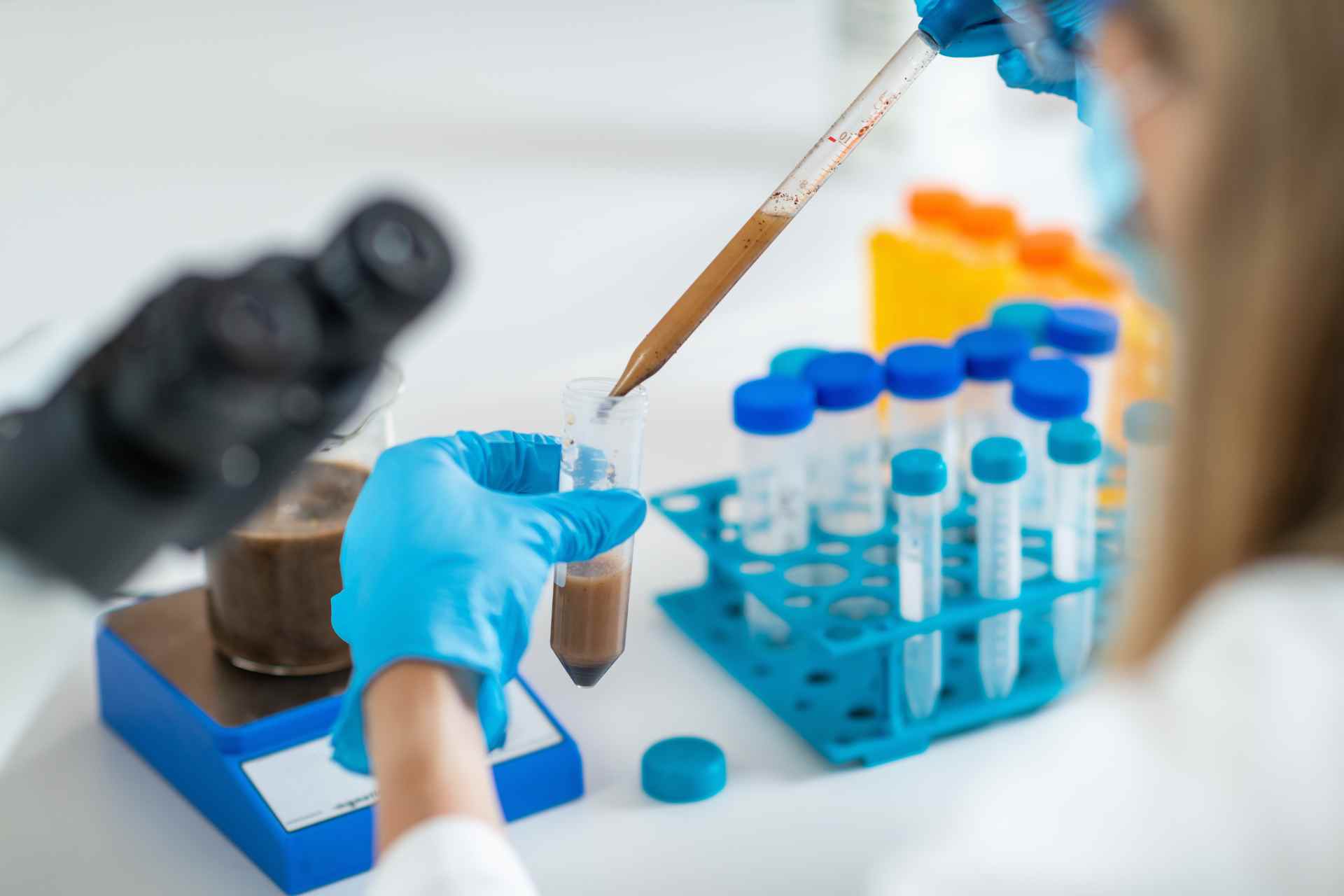Fecal microbiota transplantation (FMT), which involves transferring fecal matter from a healthy donor into a recipient, might be a promising solution to restore a disrupted microbiota, which can lead to an increased susceptibility to harmful bacteria. Now, working in mice, researchers have found a “super-donor” microbial mix that can quickly and effectively colonize the guts of different recipients.
The findings, published in Cell Systems, could pave the way for more effective microbiota-based therapies by suggesting that the diversity and variety of microbial species play a big role in whether the transplanted microbes can successfully colonize a recipient’s gut.
FMT is routinely used to treat recurrent Clostridioides difficile infections that do not respond to standard antibiotic treatments. However, the factors that determine which microbes colonize and thrive in the recipients’ guts remain poorly understood.
To address this question, Guillaume Urtecho at Columbia University in New York and his colleagues studied genetically identical mice from different suppliers. The mice harbored distinct gut microbiotas, which made the animals an ideal model for studying how microbial communities transfer and colonize after FMT.
Super-donor microbiota
In a specific group of mice, the researchers identified a “super-donor” microbiota that can quickly and effectively colonize the guts of different recipients. This microbiota could dominate the recipient’s intestine without the need for antibiotic treatment, which is a common step used in human FMT to deplete the recipients’ existing microbiota. The “super-donor” microbial mix also resisted to colonization by other microbes, the team found.
Certain bacterial species colonized the gut over weeks, while others did it within days of transplantation. The rapid colonization by these early colonizers was followed by a gradual restructuring of the recipient’s microbiota, which started to resemble microbiota of the donor.
Microbes that could form cooperative relationships within different sections of the gut were more successful in colonizing a recipient, the researchers also found.
Paradigm shift
The ability of the “super-donor” microbiota to colonize effectively a recipient’s gut was linked to its ability to break down a wide variety of dietary fibers, which allowed the microbes to access nutrients in the gut.
By causing changes in the recipient’s gut microbiota, the FMT resulted in “vacant niches” that could be filled by donor microbes, the researchers found. This result, they say, highlights the importance of a complete, balanced microbiota for successful and long-term colonization after FMT.
Although it’s still unclear if “super-donor” microbial mixes work the same way in a microbiota that has been depleted with the use of antibiotics, the work could have implications for human FMT. The findings, the authors say, “suggest the potential for a paradigm shift toward bacterial therapies that enhance existing microbiome communities by leveraging donor microbiota with superior spatial and metabolic adaptations, thereby paving the way for more effective and sustainable clinical interventions.”









